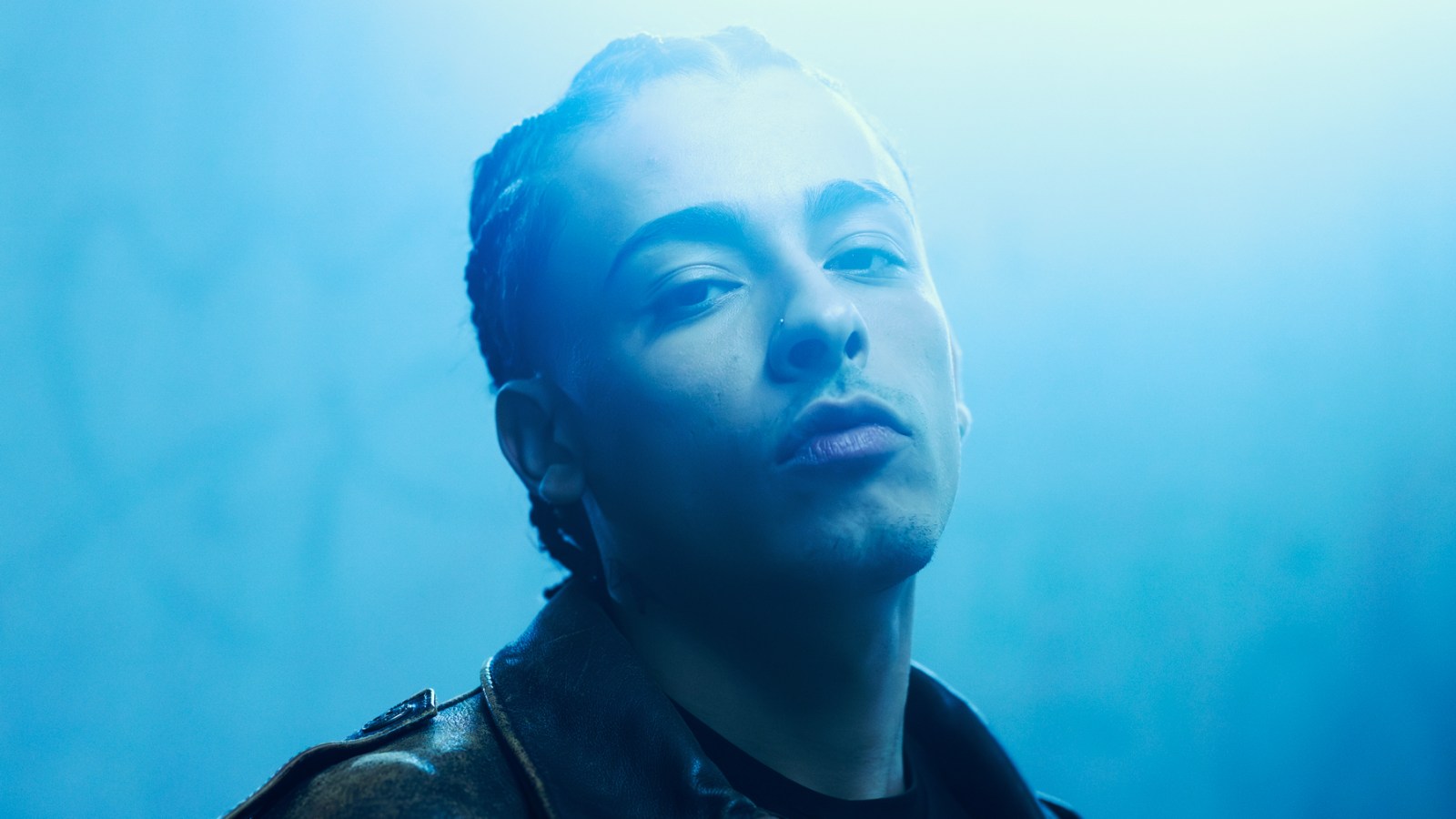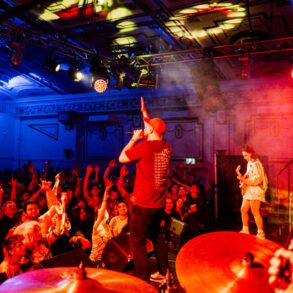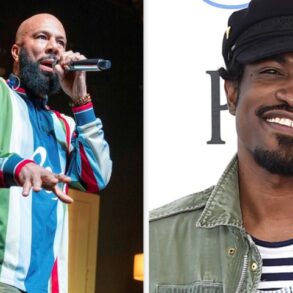
When Argentine rap star Trueno got into the studio to make El Último Baile, he knew he wanted to use the record to pay tribute to hip-hop’s storied, diverse history.
“It began as a way to celebrate the first 50 years of-hip-hop,” he tells Rolling Stone. “But also I feel a responsibility to represent the new school, the sound of the future.”
Across 13 songs, Trueno infuses sounds that range from old-school funk to techno-house to straight Eighties hip-hop as he pushes his signature rap style out of his comfort zone. On some songs, like on standout “Plo Plo!,” he samples his own song with Bizarrap, reimagines it, and offers something completely new. “We’re the ones that have to bring the new material for the next 50 years,” he says.
El Último Baile marks the end of a trilogy of albums from Trueno: first came the auto-biographical Atrevido in 2020, led by “Sangría” with WOS; then arrived Bien o Mal in 2022, which he says helped put Argentina’s hip-hop scene on the map globally; and last month, Trueno dropped El Último Baile, which he sees as an homage to the genre as a whole.
“I tried to add everything hip-hop that has been influential in my life and turn it a little more personal,” he says of the new LP. “It’s dedicated to all the things I’ve learned from this culture and all the genres that are part of it.”
Even the album’s cover — which sees a baby Trueno rocking braids and photoshopped piercings — is an homage to the “baby rapper” covers featured on artwork for Lil Wayne’s Tha Carter III, Nas’ Illmatic, and Notorious B.I.G.’s Ready to Die. “It’s an iconic part of hip-hop. You see a cover with a baby rapper, and you quickly realize it’s a hip-hop album,” he says. “It also shows with that little child I once was, dreaming about everything that’s happening to me right now.”And, of course, he sneaks a tribute to his home country in the artwork: Instead of an “explicit content” sticker, he changes the words of the infamous sticker to read “Argentinian Content.”
From his home in Buenos Aires, before heading on his tour across Latin America, Trueno caught up with Rolling Stone to break down five songs from El Último Baile.
“Rain III”
This is a song that wasn’t meant to be on the record. It was basically a demo but it also talks about the not-so-party-ish and bright side of hip-hop. I do like that the album is not all about celebration because people can see what goes behind the curtain, what happens after the party, who is the person behind the music, their feelings, their bad moments. Hip-hop is free speech, is protesting, is showing the world how you feel without censorship and barriers, being 100 percent true. So I think that “RAIN III” is the track where I feel completely honest, where I show my wounds to the audience with some blues that is a pivotal part of hip-hop culture. I talk about my [late] little [friend] Chucho. I talk about what’s been going on with me the past few years. I talk about my mom, I talk about when I left the barrio. It’s something that comes from honesty, and it’s genuine.
“The Roof Is On Fire”
“The Roof Is On Fire” was the last song that we had for this record but it was very important for to me to add it because it’s style that I grew up with, like the kind of beats that Pharrell made with the Neptunes. I was a very big fan of Nelly when I was younger. I was raised with that 2000s style, with that club vibe. It’s a song I really enjoy playing live because it has so much energy. It’s short and maybe has this little bit of weird jam and structure but that is how it was meant to be. It’s definitely one of my favorites.
“Cuando El Bajo Suena”
This one is like a techno-house track. Maybe it’s more techno than house but I haven’t worked on such a pure electronica track, so it was great having “Pump Up the Jam” by Technotronic as a reference. They were from Europe: the music was different but it was also part of the hip-hop culture so it shows how global the genre has always been. Hip-hop culture is not only from the U.S. but also from other countries. I wanted to show that perspective of my music, especially with something I hadn’t discovered yet. We were working with different genres and all the music I used to listen to, and it’s great to represent these different styles
“Plo Plo!”
I think that this is the craziest track of the record. We produced this song alongside El Guincho, who is an amazing producer. He includes three different beats in a single track. I think this is the song that goes into the future and not so much paying tribute to the past. I can show many ways to rap with trap beats that are kind of weird, with different BPMs, but also sampling my Bizarrap session. It has such an special energy and vibe. Samples are usually really difficult but for me this one was very easy. The freestyle session with Biza was my first big hit that people connected with outside of Argentina, so it was great to reference it. People were like, “This guy from Argentina is doing something, breaking boundaries with this freestyle, let’s support him so he can make it!” It’s something that I felt that I had to bring back to life. The Biza session marked a before and after in my career.
“Tranky Funky”
I wanted to tap into some gangsta-funk — P-Funk with a more groovy sound. That music has azúcar. I did “Dance Crip”, I did G-Funk: I did “Lo Tengo” with JID, I did “GPS,” but I hadn’t had the chance to take it to the next level. “Tranky Funky” has funk as its core and then we add every single hip-hop style. I love it because it represents, not the genre, but a style that I wholeheartedly enjoy in the boom-bap hip-hop scene.
This post was originally published on this site be sure to check out more of their content.







